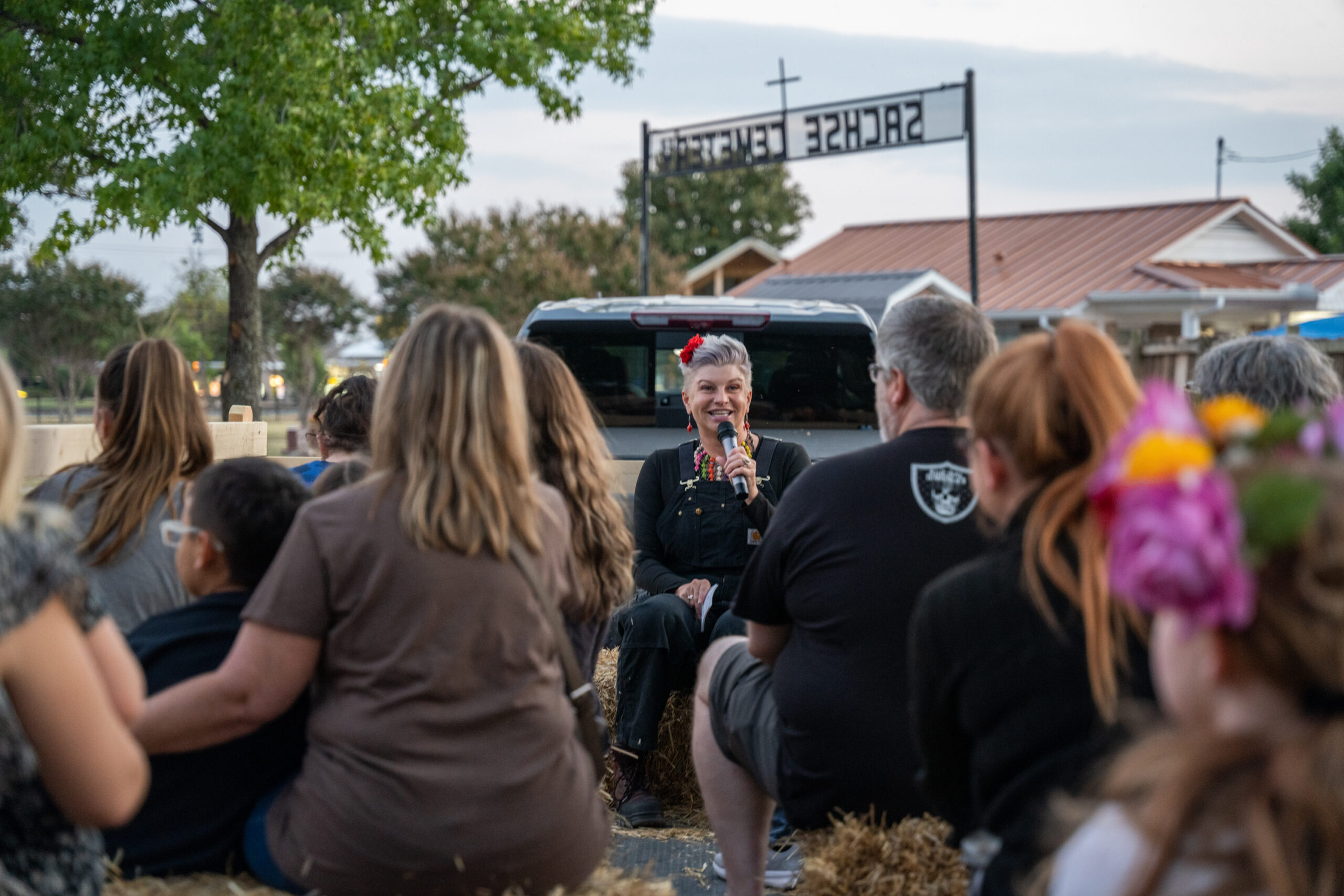During my last post, we saw that the La Reunion settlers were uniquely unqualified to cope with Dallas’ climate, snakes and lack of planning by their leader, Victor Considerant.
As you might guess, La Reunion never caught a break – their situation further complicated by horrible weather that first

Pictured: the Trinity River bridge from 1872. The La Reunion folks were separated from Dallas proper by a predecessor bridge.
year. The community fell apart within a few short years, Considerant fleeing the crumbling community a year before it officially disbanded. However, our socialists are going to make good in other ways. While several returned to Europe, quite a few stayed on in Dallas, becoming respected members of Dallas society. This was helped along by the fact that the Civil War was shortly at hand (1861 – 1865). After the war, during Restoration, it was seen as beneficial to hire people who were politically neutral. The La Reunion folks fit this bill exactly and found themselves quite sought-after.
So how does the name fit in?
The socialists who started this commune came from disparate locations in Europe and considered Dallas to be the place of their ideal ‘reunion’. La Reunion. More than 100 years later, Reunion Tower took its name from this utopian society after discarding the name “Esplanade” put forth by a marketing team. John Scovell (CEO of the company that built the Hyatt and the Tower) came up with the name after digging through the library and coming across the story of La Reunion.
Barton, Julia. “The failed socialist utopian dream that helped Dallas become a major city.” The World in Words. March 24, 2016. Accessed July 25, 2017. https://www.pri.org/stories/2016-03-24/failed-socialist-utopian-dream-helped-dallas-become-major-city.
La Reunion Historic Display. Reunion Tower Lobby, Dallas, Texas.



